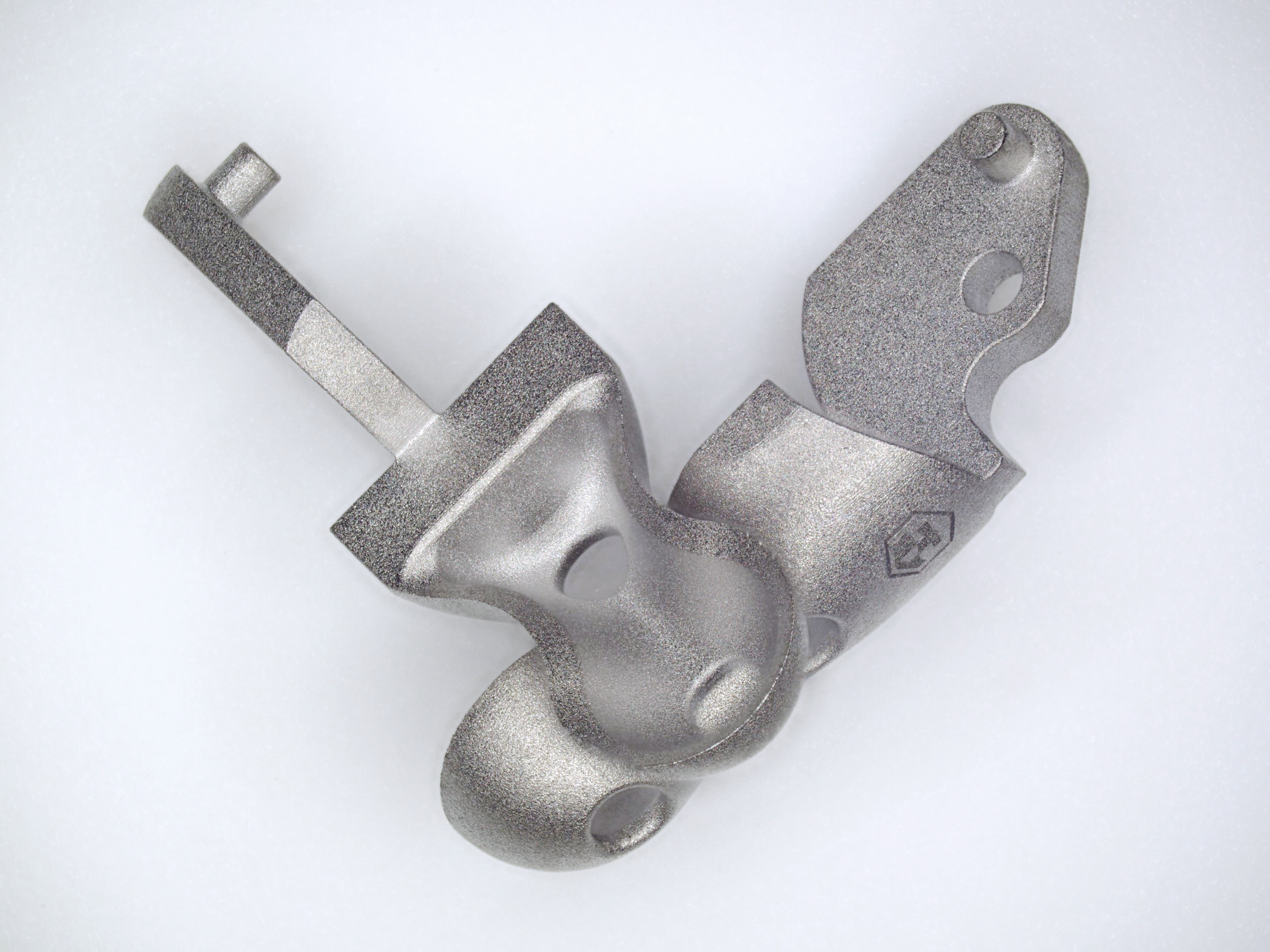Prototypes of medical device components must allow for a functional test of an idea for a potential new device or technology. Once the concept is proven and areas in need of correction are identified, iteration can continue toward the optimal part. Ideally, the prototyping phase will use materials and manufacturing processes as near as possible to those that will ultimately create the final net-shape part in order to ease the transition into a production run.
Many medtech products require extremely precise microscale components, which can complicate the early stages of the iterative design process. Production methods like CNC machining and metal injection molding (MIM) can produce microscale parts for medical device prototyping, but they have some significant limitations in lead times and up-front costs.
At Trio Labs, our proprietary Resin Infused Powder Lithography (RIPL) technology has pioneered a new approach among medical device prototyping companies. RIPL can create prototypes that are just as functional as a finished product, and it can do so quickly and at scale.
The Limitations of CNC and MIM in Prototyping
CNC machining is the current industry standby technique for medical device prototyping of metal components. While MIM is often used for the production of the same types of micro-scale parts (up to a certain level of complexity), the creation of molds is usually too costly and time-consuming to justify its use in the early stages of the design process. Both techniques present unique limitations in prototyping microscale parts.
- Both CNC and MIM have significant lead times. CNC requires extensive machine calibrations and programming, while MIM requires the preparation of new molds for every part.
- Both can create obstacles in the shift from proto to production. Switching processes increases costs, but MIM is prohibitively expensive for prototyping and CNC is costly for the production of complex parts with longer cutting times at scale.
- As medical device designs grow smaller, CNC and MIM have difficulties producing sufficiently complex geometries at micro scales. The overall resolution of MIM will be given out first, while CNC will be limited by the geometry of the available tools.
Trio Labs’ RIPL technology improves on traditional methods of microscale manufacturing. It overcomes the limitations of CNC and MIM with regard to speed, cost, and complexity for the flexible design requirements of prototyping micro metal parts.
RIPL Makes Prototypes That Are as Good as the Final Product
RIPL can produce net-shape examples of products during the prototyping phase. With many micro-manufacturing techniques, a prototype is a simplified version of what the designers intend (perhaps to save on costs and help with lead times). RIPL can produce prototypes that match the quality of the designers’ vision. A prototype produced with RIPL will look and function exactly like a final part with the intended materials, full design complexity, and superior quality and precision.
The Rapid Shift From Prototyping to Production With RIPL
Many manufacturing technologies draw a clear distinction between prototyping and production processes. Machines may require extensive reconfiguration to support efficient large-scale production of microscale parts — especially if the materials used in prototyping were different from those used in the final product. New molds may need to be crafted at this stage if prototypes were created via CNC machining and the large-scale production run of the final design will use metal injection molding.
RIP can seamlessly transition from prototyping to production. The same materials and processes that created the final, optimized prototype can now turn to full-scale production with no delays simply by increasing the quantity programmed into the machine.
Cutting-Edge Production With Additive Manufacturing
RIPL uses additive manufacturing to improve on the shortcomings of CNC and MIM — as well as those of earlier additive processes. Rather than cutting materials down to produce a part, RIPL creates that part with the same metal powders used in standard metal injection molding. For the first time, RIPL has advanced 3D printing technology to the point where it’s possible to produce incredibly complex parts at volume — but faster and with lower costs than CNC.
Discover More About the Capabilities of RIPL
Trio Labs has pioneered the use of cutting-edge RIPL micro-manufacturing technology to produce medical device prototypes with precision, flexibility, and rapid lead times. Contact a member of our team to request samples, receive a quote, or schedule a demo. We’re excited to show you what this process can do for your parts.

